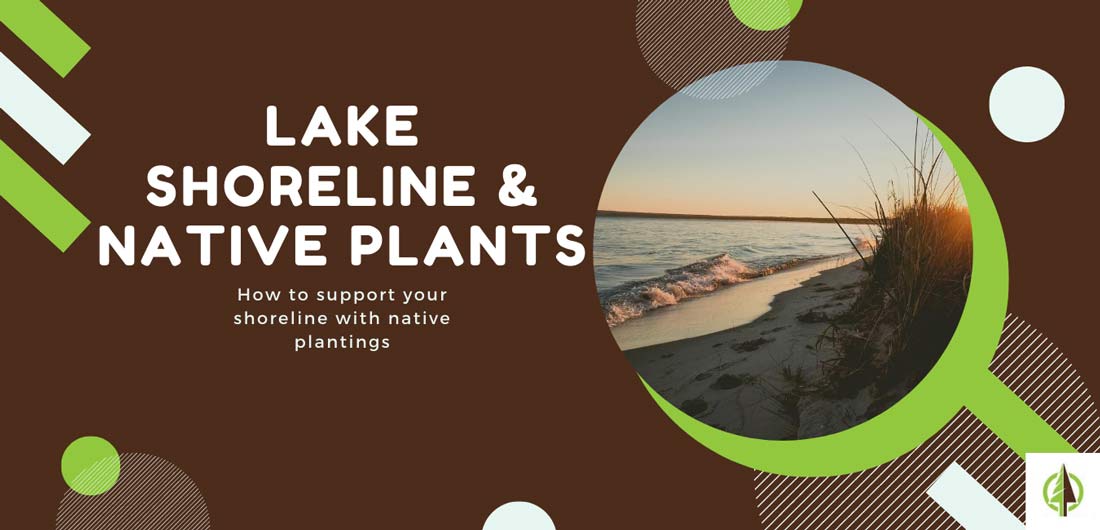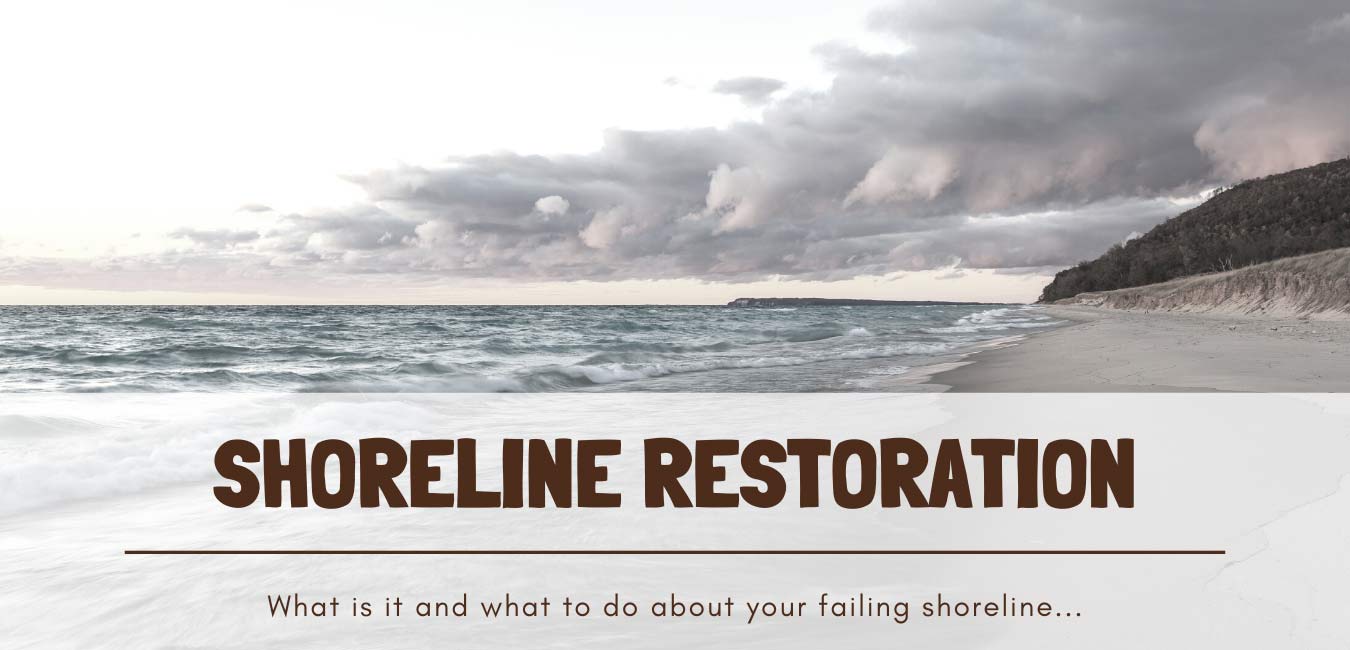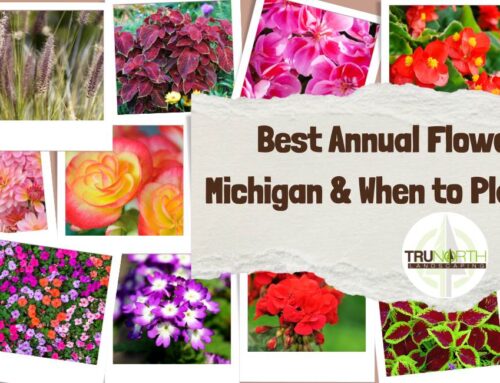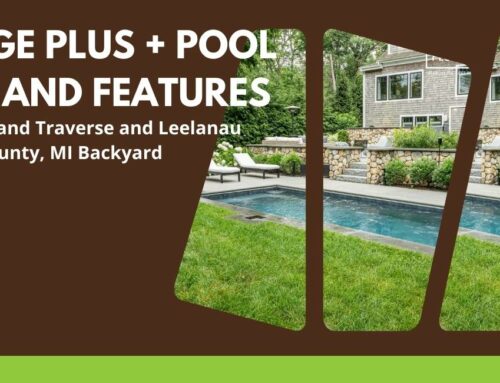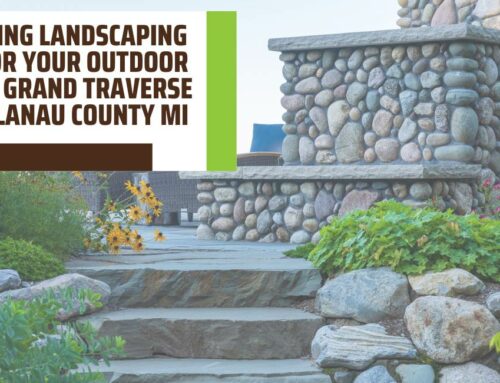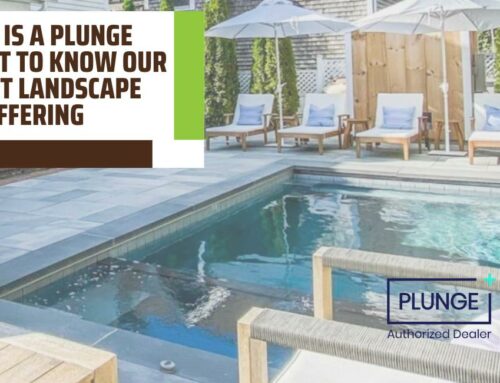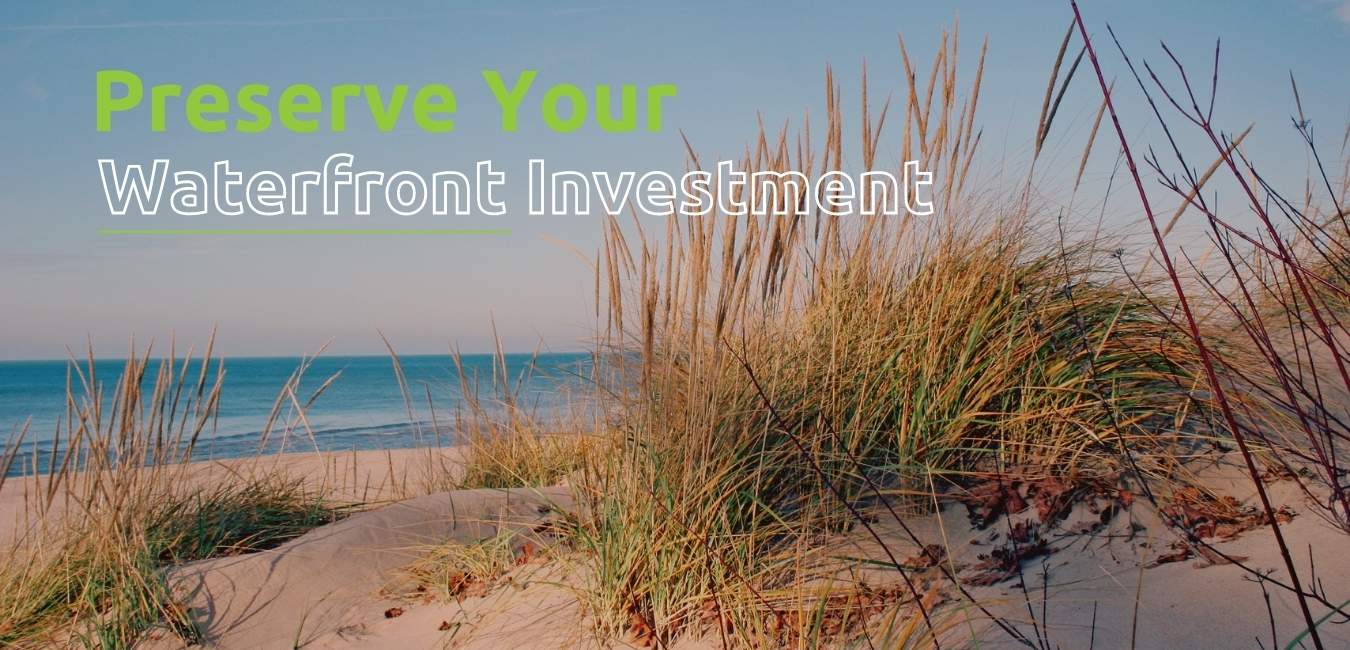
Michigan’s pristine waters, with over 3,000 miles of Great Lakes shoreline, 11,000 inland lakes, and more than 36,000 miles of streams, are one of the state’s greatest treasures. In Michigan, you’re never more than six miles away from a body of water, which is why many homeowners are drawn to the natural beauty and serenity of waterfront living. Whether it’s a lakeside cottage or a home on a stream, these properties become cherished escapes, fostering generations of family memories.
However, with the allure of lakeside living comes the responsibility to care for and protect the fragile ecosystems that surround these bodies of water. The development of shorelines, coupled with conventional suburban landscaping practices, has led to the deterioration of many Michigan lakes and waterways. To ensure these precious resources thrive for generations to come, it’s critical to adopt sustainable landscaping techniques that are in harmony with the natural environment.
Learn More About:
The Importance of Natural Shoreline Habitats
Common Mistakes that Harm Our Lakes
Sustainable Landscaping Practices
The Value of Natural Shorelines
The Importance of Natural Shoreline Habitat
The shorelines of Michigan’s lakes and streams are much more than scenic backdrops. They are vital ecosystems that support diverse wildlife and protect the health of the water itself. Michigan’s shorelines are home to 87 species of birds and 19 species of mammals . Additionally, 65 species of fish depend on these nearshore areas for critical habitats . Aquatic and upland plants work in tandem to stabilize soils, reduce erosion, and buffer the impact of wave action.
A natural shoreline—rich with trees, shrubs, and native perennials—not only provides habitat for wildlife but also creates a root system that helps to secure the soil and prevent erosion. Meanwhile, aquatic plants along the shore help dissipate wave energy, protecting the lake’s edge. Without these natural defenses, lakeshores become vulnerable to erosion, which degrades water quality and threatens both property and wildlife.

Common Mistakes That Harm Our Lakes
Many homeowners bring traditional suburban landscaping philosophies to their waterfront properties, unaware of the potential harm these practices cause to the delicate shoreline ecosystem. Understanding the flaws in these methods is key to reversing the damage and preserving the health of Michigan’s waters.
1. Bluegrass Lawns to the Water’s Edge
While a lush, manicured bluegrass lawn may look attractive, it is ill-suited for waterfront properties. Unlike native plants, bluegrass has shallow roots, which are insufficient for preventing erosion caused by wave action or heavy boat traffic. Additionally, these lawns often require fertilizers and pesticides that, when washed into the lake, can lead to algal blooms and decreased water quality.
The solution? Replace turfgrass along the shoreline with deep-rooted native plants that can help anchor the soil and reduce erosion. Native species also require fewer inputs like water, fertilizers, and chemicals, making them more environmentally sustainable.
2. Seawalls and Hardened Shorelines
Many waterfront property owners install seawalls in an attempt to prevent erosion. Unfortunately, these structures can actually exacerbate the problem. Seawalls reflect wave energy, which intensifies erosion at the base of the wall and can cause damage to neighboring properties. Furthermore, hardened shorelines disrupt natural habitats, making it difficult for wildlife to thrive.
A better alternative is to install natural shoreline buffers using a mix of native plants and bioengineering techniques. This not only reduces erosion but also creates a more aesthetically pleasing and wildlife-friendly environment.
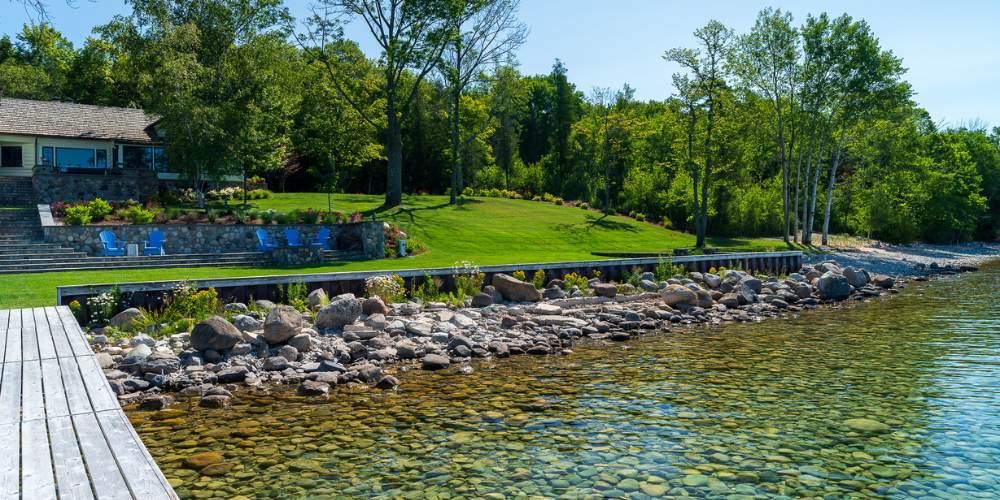
Sustainable Landscaping Practices for Waterfront Properties
To protect Michigan’s lakes and waterways, it’s essential to embrace sustainable landscaping practices that work in harmony with the natural shoreline. Here are some steps you can take to become a better steward of your waterfront investment:
1. Create a Buffer Planting Zone
Designate a buffer zone between your lawn and the shoreline where you plant native trees, shrubs, and perennials. This area will help absorb runoff, reduce erosion, and provide a habitat for wildlife. Native plants are well-suited to Michigan’s climate and require less water, fertilizers, and pesticides.
2. Use Phosphorus-Free Fertilizers and Products
Phosphorus is a major contributor to algal blooms, which can reduce water clarity and harm aquatic life. When fertilizing your lawn or garden, choose phosphorus-free products (e.g., fertilizers labeled 27-0-4). Additionally, avoid using soaps and detergents containing phosphorus, as they can be carried into the water during runoff.
3. Reduce Runoff and Erosion
Limit the use of impervious surfaces like concrete and asphalt near the shoreline, which can increase runoff. Instead, use permeable materials like gravel or pavers that allow water to soak into the ground. Additionally, minimize irrigation near the shoreline to prevent excess water from carrying pollutants into the lake.
4. Properly Dispose of Hazardous Materials
Chemicals, oils, and other hazardous materials should never be dumped near shorelines. Properly dispose of these substances at designated disposal sites to prevent them from leaching into the water. Additionally, pick up pet waste, as it can introduce harmful bacteria and nutrients into the lake.
5. Control Aquatic Invasive Species
Be mindful of aquatic invasive species like Eurasian watermilfoil or zebra mussels, which can outcompete native species and disrupt the balance of the ecosystem. When moving watercraft between bodies of water, always clean your equipment to prevent the spread of invasive species.
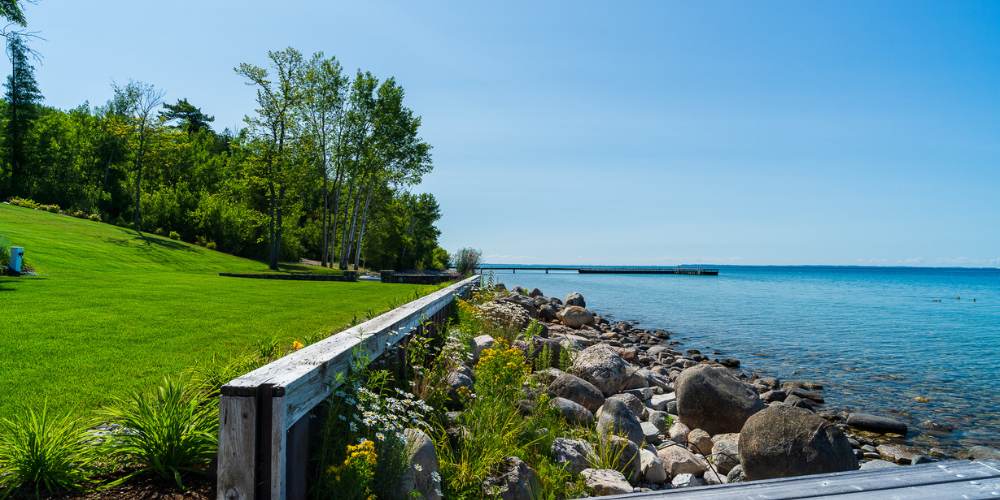
Sustainable Shoreline Tips for Homeowners:
- Plant native trees, shrubs, and perennials in a buffer zone along the shoreline.
- Use phosphorus-free fertilizers, detergents, and household products.
- Reduce stormwater runoff by using permeable materials for walkways and patios.
- Avoid over-irrigation and let natural rainfall nourish your lawn and plants.
- Regularly clean watercraft and gear to prevent the spread of invasive species.
- Consult with a certified natural shoreline professional for guidance on shoreline management.
Partner with Local Landscapers that Care About Sustainability
Restoring and maintaining a natural shoreline can be complex, but you don’t have to do it alone. Michigan is home to a variety of organizations, such as local conservation districts, watershed councils, and certified natural shoreline professionals, who are dedicated to helping waterfront property owners become stewards of their land. These experts can guide you through the process of designing and implementing a sustainable landscaping plan that will protect both your property and the health of the lake.
The legacy of Michigan’s lakes and waterways is one of shared responsibility. By adopting good stewardship practices today, you are contributing to the preservation of these waters for generations of sportsmen, naturalists, and families to come. Let’s ensure that our shorelines remain a place of beauty, recreation, and biodiversity for all to enjoy.
Looking for help restoring the shoreline at your Northern Michigan property? Get started by contacting our team today.
Image Source: Canva Professional Free Image Use (Header), All Other Images Property of TruNorth Landscaping
Get started today with a consultation!
Want tips and tricks for your lawn & landscaping?
Sign Up For Our Free Quarterly Newsletter
We take your personal information very seriously. We will not share any of the information you provide with any 3rd parties. Provided information will be used specifically to contact you in regards to your inquiry.

